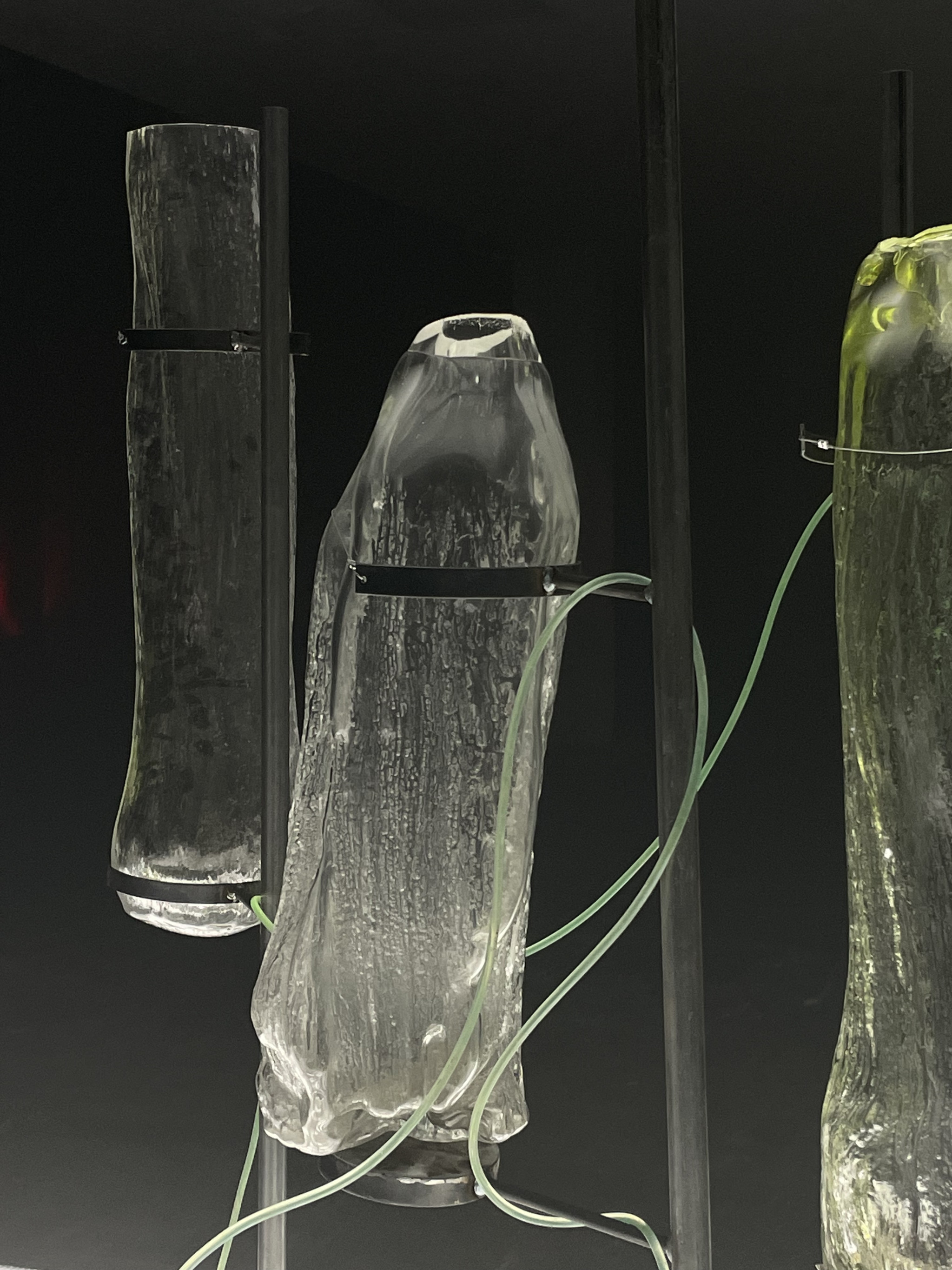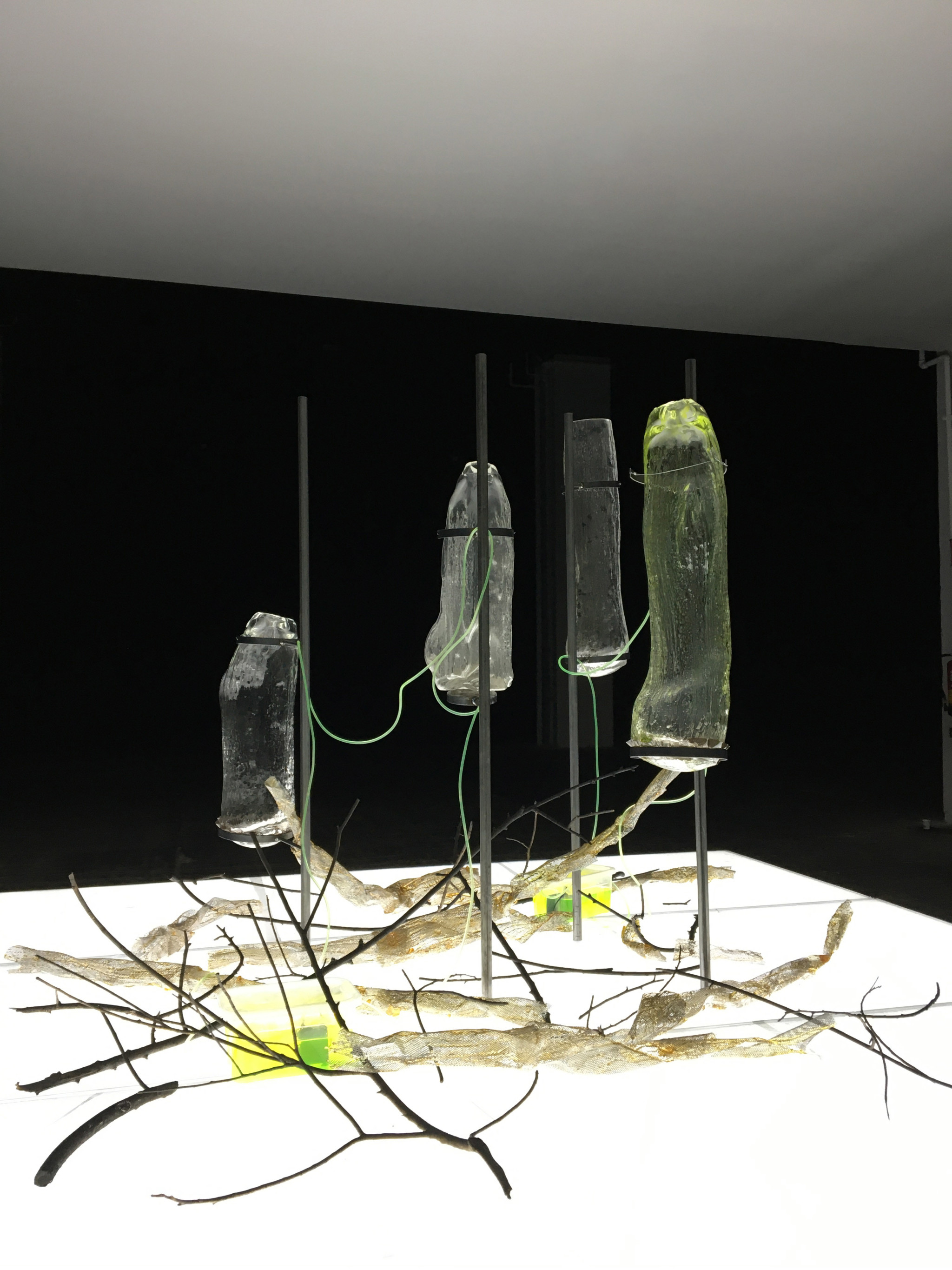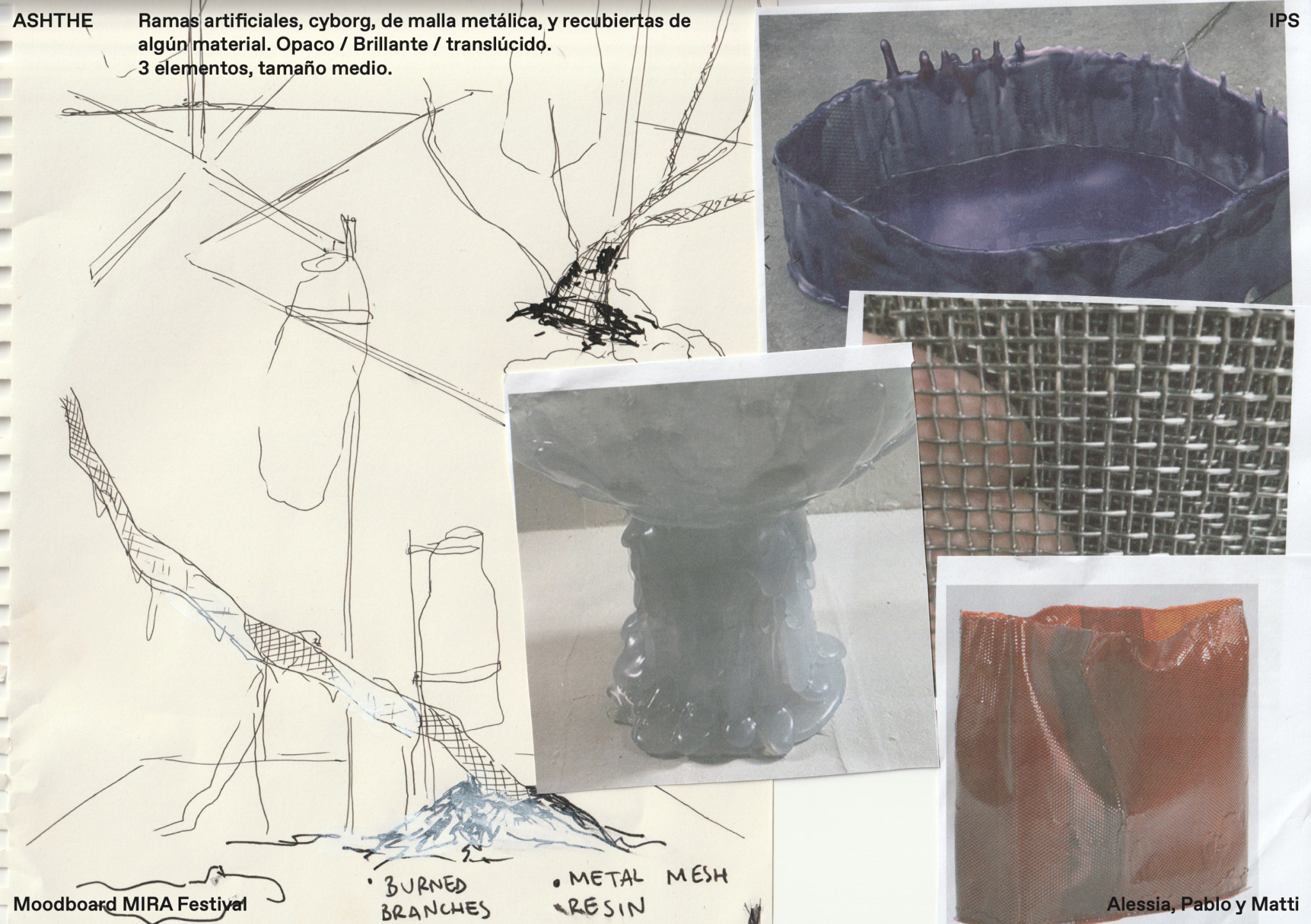Ashthe - Mira Festival
Collaborators:
MIRA Festival
Tipology
Exhibition
Year
2022
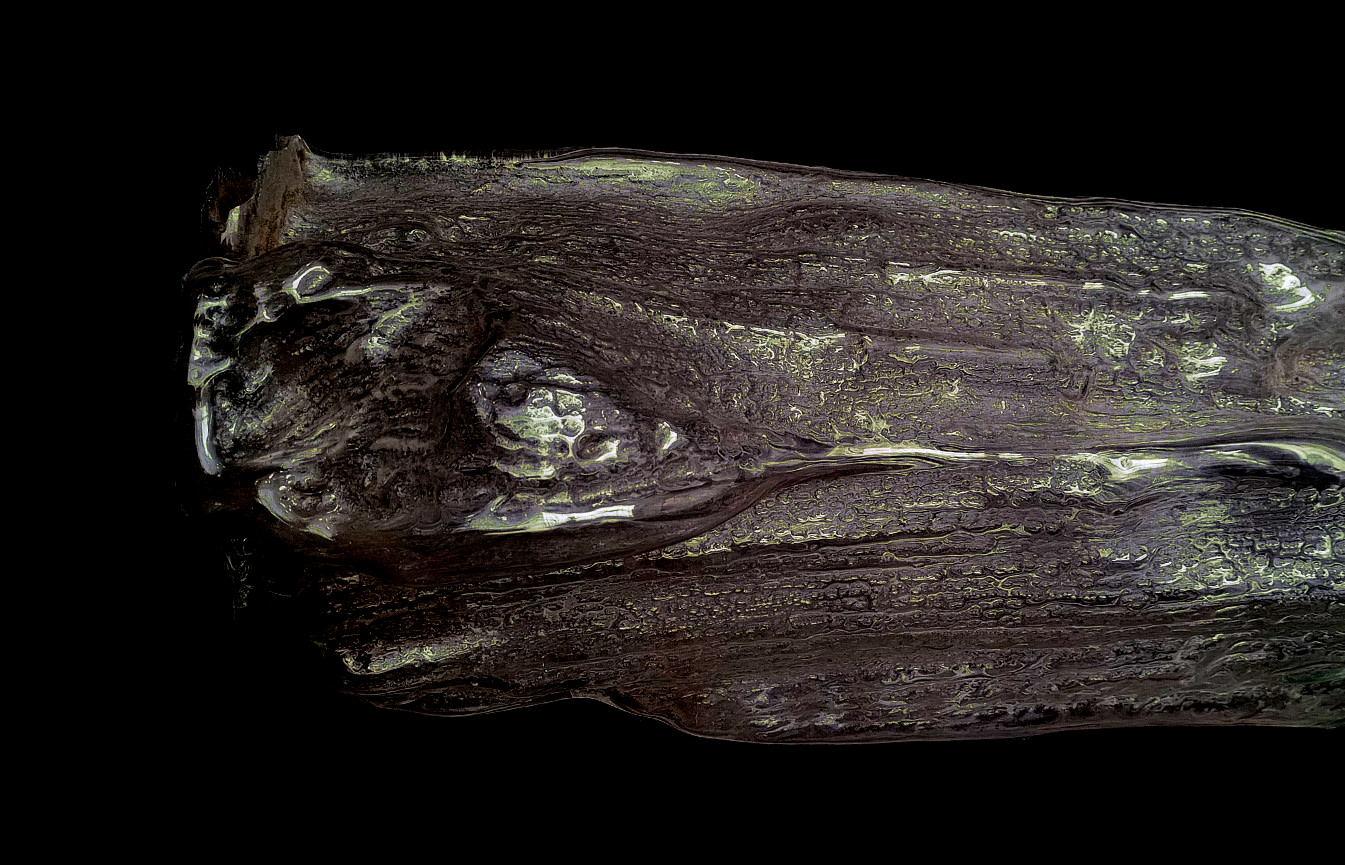
The collapse of the Carboniferous rainforest was a minor extinction event that occurred some 305 million years ago, resulting in the disappearance of numerous plant and animal species. Derived from a climate change that generated a deterioration in the atmosphere and air quality, this period of drought can be seen through fossil records that remind us of the direct relationship between the quality of the environment and the proliferation of ecosystems.
At a time of ecological fragility, with major droughts and desertification resulting from the climate crisis that is altering the conditions of the planet exponentially, this image of fossilized species can be read as both an archaeology of the past and a forecast of the landscapes of the future if we do not transform our relationship with other species.
Among the theoretical approaches to the modern era in its relationship with the plant world and agricultural exploitation, the Plantatiocene focuses on analyzing the role of plantations in the survival of the human species from a critical perspective. Strategies of planting and maintenance of the plant world follow extractivist and violent models, benefiting a racialized elite, driving colonial exploration, hierarchizing territory and its inhabitants, and ultimately shaping the images of the natural that we consume as well as the sociopolitical and hegemonic norms that we inhabit. Through speculative design, we propose to explore a new relationship between the human and the territory that forms relationships of care through technology. A new cyborg imaginary that understands the vegetal and fungal body (forests, plants, fungi and nutritive species) as the center of a new way of relating to the strange ecosystems of a future to come, moving away from the romanticized and idealized image of a forest to enter into the dark ecologies that require new interspecies relationships.
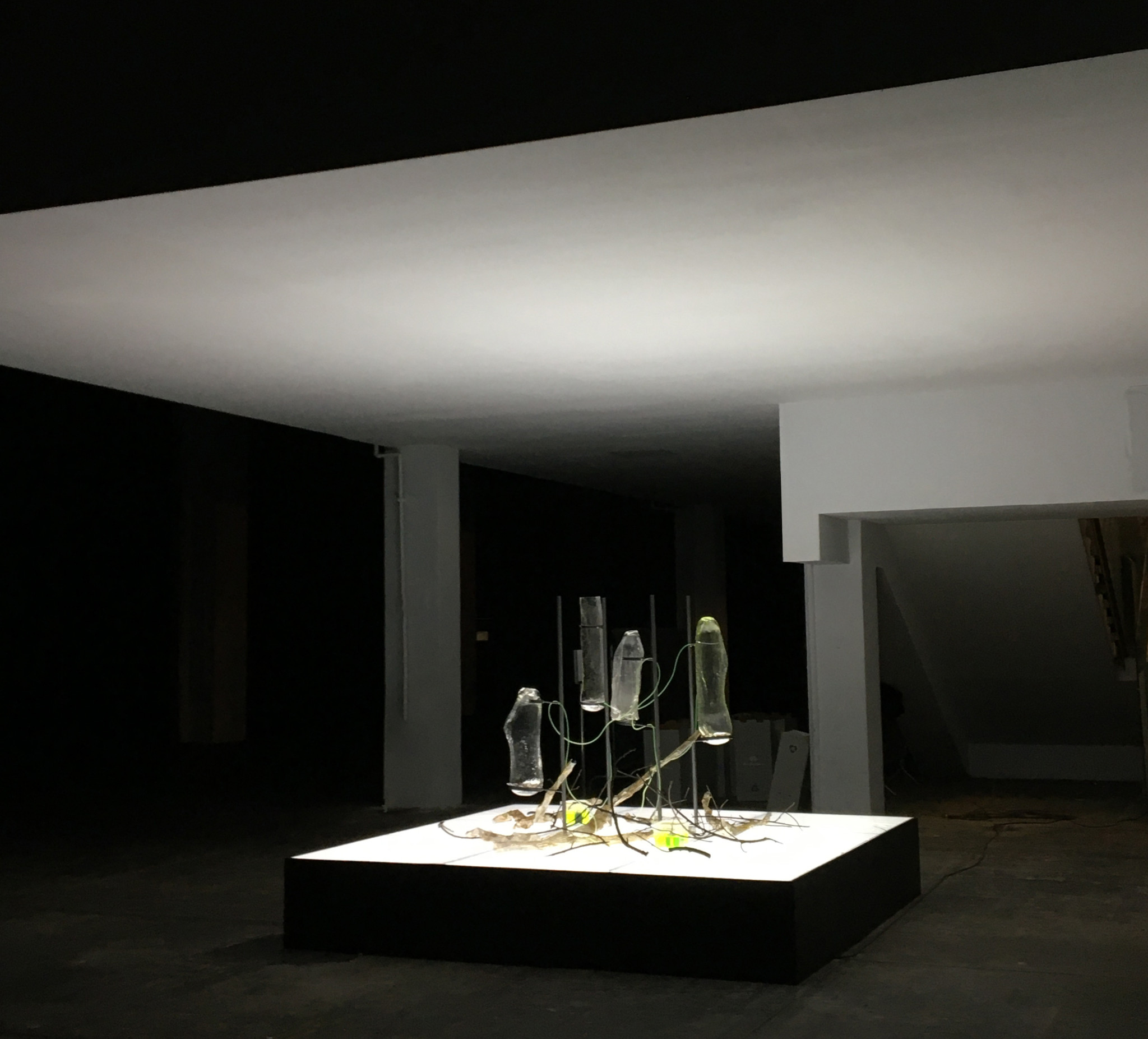
This installation, which takes the form of a forest-cyborg between paleobotany and speculative design, invites us to interrogate the past, present, and future of the relationship between humans and vegetation, reconfiguring its materiality, and inscribing itself in the amalgam of economic, ecological and political relations it suffers at a time of desertification. Taking its title from the novel The Word for World is Forest by Ursula K Leguin, the proposal insists on the importance of creating new aesthetics associated with the universe of plants in all its complexity, creating a new imaginary from her ideas about post-technological societies and the social and ecological collapse that can be found in her fictional stories.
